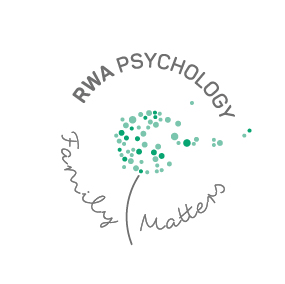For some clients, coming into therapy can be a result of a ‘stuckness’ of an emotion, belief or what we can refer to as a “Life-trap” or schemas (Young & Klosko, 1987). A life-trap is a pattern of belief that has a strong emotional response and a set of behaviours that can be identified throughout life; a pattern that started in early childhood. Life-traps have a significant impact on how we think, what we interpret in situations and how we relate and interpret the world.
When I ask my clients “when was the first time you remember feeling or thinking this way?” clients are surprised that when traveling back in time they are taken back to a core or a series of core memories. Those strong emotions, the thoughts and their underlying narratives can continue to control the way clients think about themselves, other people and interpret life and its events. Most significantly, they lead to a ‘stuckness’ in rigid ways of coping and traveling through life.
How do life-traps develop?
Every child requires core needs to be met which include a sense of safety, belongingness and connectedness, autonomy and competence, spontaneity and play, self-expression and realistic limits. When these core needs go unmet the development of certain beliefs (or what we refer to as a life-trap) and their coping mechanisms emerge and become stronger over time. Take for example a child whose needs of connectedness go unmet because their parents were working and were too busy to spend their time with him, followed by a series of bullying episodes in school by close peers. What could the child have learnt through these significant experiences? Maybe the child learned (life-trap 1): that a normal degree of emotional support will not be adequately met by others, including those close to them. Maybe they learned (life-trap 2): that they were unlovable to others which eventually led them to see that the safest mode of coping is protecting themselves, avoiding becoming close to others due to the risk of these life-traps or schemas being triggered. We could say that keeping themselves safe from the risk of bullying, from the risk of feeling unloved by their parents worked as a child…
Life-traps into adulthood…
But what happens when some of these life traps become the lense in which to view every interaction, the lense in which our emotions are processed and the way we then learn to interpret every situation even into adulthood? What if the avoidant coping mechanism is no longer required and is preventing someone from moving forward with living a meaningful life of value, of connectedness? Wanting to start a family, wanting establish closer friends but this same life trap is getting in the way?
Don’t lose hope…
These life-traps can have a significant hold on us as adults, they can squeeze and hold tightly creating suffering and ‘stuckness’ that comes with them. Don’t lose hope…research has demonstrated that life-traps can be weakened, diminished and healed through therapy! It first starts with self-awareness and mindfulness, through working on beliefs, working on the central nervous system and our behaviours. Therapy can include a range of approaches to address schemas, including finding healing around the core memories where these life-traps were first adopted, challenging thoughts and anxiety associated with fears, understanding and acceptance of life experiences and finding meaning even through the suffering! Having healthy schemas and reducing the intensity of unhealthy ones contributes and supports mental health and resilience!
Young, J., E., Klosko, J.,S., Weishaar, M.,E. (2006). Schema Therapy. New York: Guildford Press

We've tailored the services at RWA Pyschology - Family Matters to all age groups from young children to adolescents and adults - and we have specialists in crisis, short/medium term counselling and longer term psychotherapy.
Call RWA psychology for an appointment with one of our psychologists.
